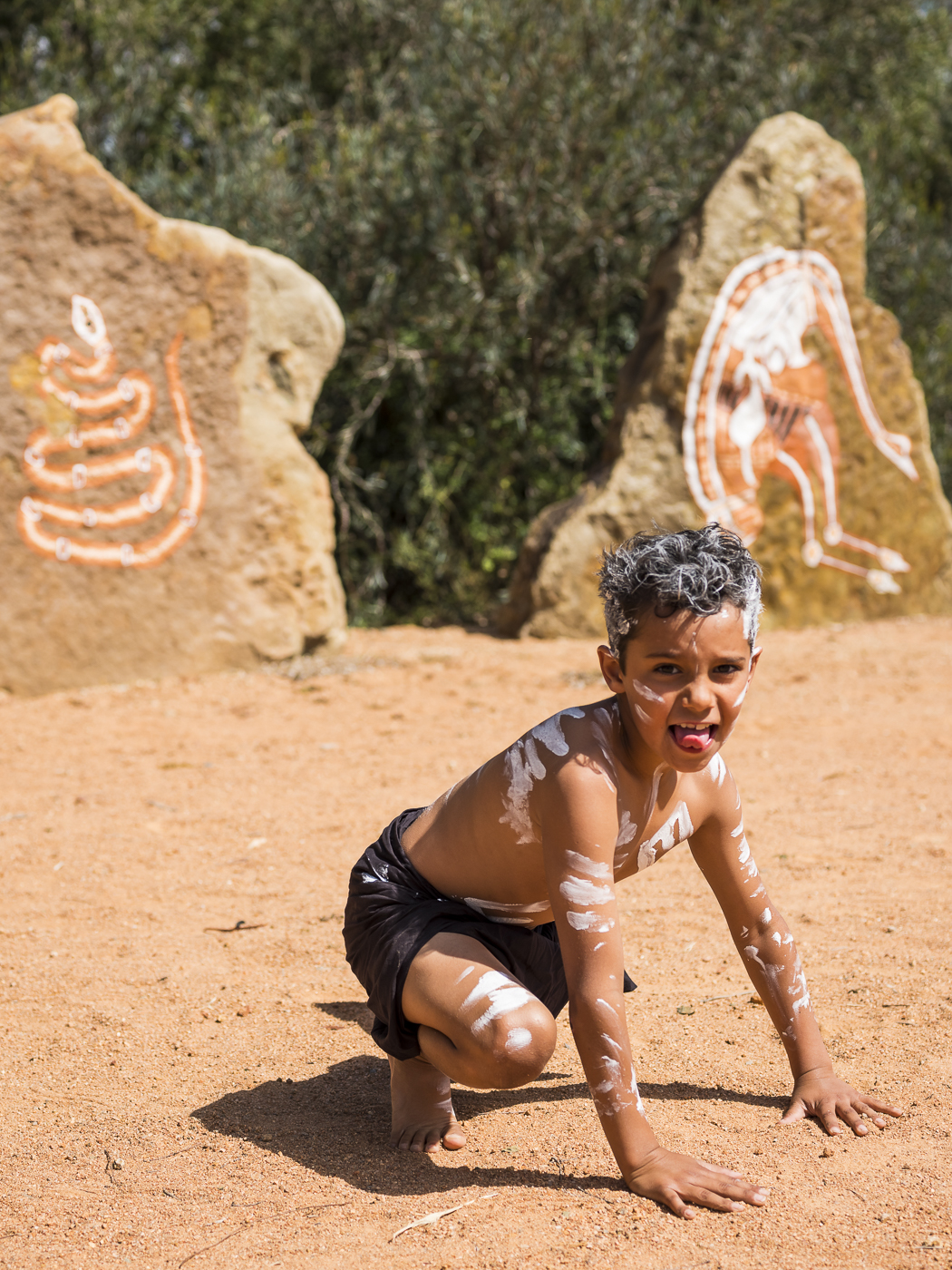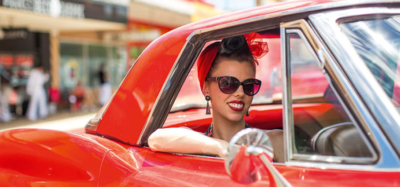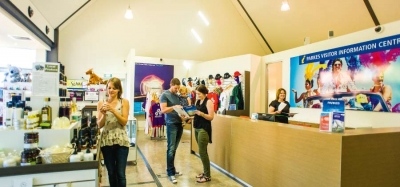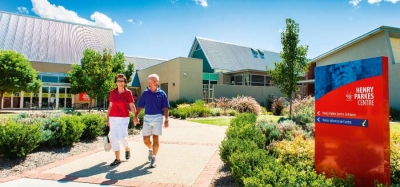A Proud History
Gawaymbanha Wiradjurigu Ngurambanggu
Parkes and the surrounding smaller towns combine as a progressive regional hub; from our foundations as an early gold discovery settlement, to our roots in the agricultural engine room of NSW; our anchor as an inland transport hub and our rich mining landscape.
The traditional owners of the Parkes Shire region are the Wiradjuri people who have lived in these lands for more than 40,000 years. Wiradjuri culture is alive in the community with the language being taught in our local schools and public spaces featuring traditional artworks and storytelling.
In 1862 when the discovery of gold led to a hastily erected ‘canvas’ town known as “Currajong” which accommodated thousands of hopeful gold seekers. A further discovery of gold in 1871 at the nearby Bushman’s Gold Mine helped the district to become one of the richest gold producing areas in the colony.
In 1873 the then Premier of New South Wales, Sir Henry Parkes, showed his interest in the district by visiting the diggings. On December 1, 1873 the name of the settlement was changed from Bushmans to Parkes in honour of the great statesman. Sir Henry Parkes visited Parkes in 1887 and gave the town the Fontana Bust, which is displayed at Parkes Shire Council. In that same year Parkes changed the name of its main street to ‘Clarinda’ - lady Parkes’ Christian name.
Parkes' sister city relationship with Coventry in the UK was initiated in 1939 and is the oldest sister city link of any Australian town or city. The link was forged as Coventry was the birthplace of Sir Henry Parkes, in 1815. A replica of Sir Henry Parkes' birthplace, the Moat House Cottage can be seen when visiting the Henry Parkes Centre, alongside the Parkes Visitor Information Centre.
Also visit the landmark bronze statue of Sir Henry Parkes that stands proudly in the Parkes CBD at the intersection of Clarinda and Welcome Streets.





